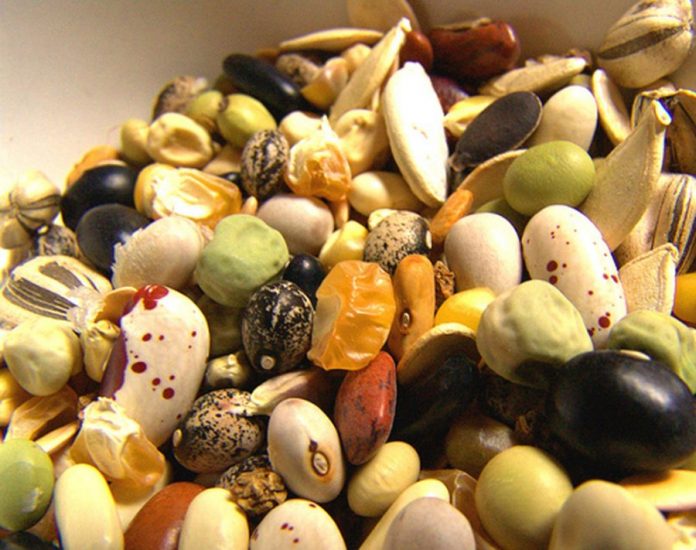 Plant seeds snooze under Mother Nature’s designer jackets called seedcoats.
Plant seeds snooze under Mother Nature’s designer jackets called seedcoats.
Some of these little garments, on beans for example, are so thin that when moistened they tease like wet T-shirts. A spinach seed coat, on the other hand, is so hard it calls for some sandpaper roughing up before soaking and planting. All seedcoats coddle an itty-bitty plant with itty-bitty leaves, an itty-bitty stem and an equally itty-bitty root.
Three conditions trigger or inhibit germination: water; soil temperature; and, air temperature.
Southern Denton County vegetable gardeners begin manipulating these variables by January to have cool-weather seedling plants ready to go in the ground outside when the 2018 starting gun goes off in mid-February.
People new to the area often do not realize we have two growing seasons here.
The first starts in mid-February for stuff that loves a little shivering (think potatoes, carrots, greens, peas, beets). The second starts in mid-April for stuff that wants to romp around bikini-clad (think tomatoes, cukes, peppers, beans).
Unless you want to grow sprouts or micro greens, normal seeds require six- to eight-weeks between sowing and a mature plant. Think before you begin. Will you need 144 tomato plants at any point? Often the average backyard vegetable garden, the whole shebang, can be germinated in a couple of waves of green thumb enthusiasm on 1 cookie sheet-ish tray in a clear plastic bag under a shop light. Did I remind you to dampen (don’t drench) the soil before you put the tray in the plastic bag?
When the new plants open their second set of leaves, called “true leaves,” loosen the still-moist growing medium, tease the babies apart with a small fork and transplant each into its own little pot.
Got a leftover horticulture nine-pack from last year out in the garage? Clean it with soapy water and bleach– and, all things being equal– you’ll eventually harvest plenty of lettuces, spinach leaves and bushels of fabulous tomatoes.
Here’s a word about growing media. Soil directly from the garden is no-no dirty clay in south Denton County. Seeds do best in a loose, sterile environment known as seed starting or growing mix.
That tiny little first root inside the seed will burn up if exposed to fertilizer the minute it squeezes out of the decomposing seed coat.
As my mother would have said, “That’s why the Lord invented seed starting mixes,” instead potting soil with a 90-day supply of built-in fertilizer. Read the bag labels before you buy.
Good seed starting mixes are composed, usually, of high acid peat and white volcanic grit called Perlite. They may also contain something to hold in a bit of moisture. In the immortal words of Bugs Bunny, “That’s all folks.” Germinating seeds love acid and they don’t like to be in strait jacket soil or suffocated.
The small print on the growing mix bag will probably say to start using gentle liquid fertilizer on seedlings a couple of weeks after they peek up into the light. Remember, right out of the bag growing mix is sterile. I start fertilizing every other week AFTER I’ve transplanted the seedlings to their own little pots.
So, this month, buy lettuce and spinach seeds to start in the cookie sheet (or something similar). Hold the seed potatoes, peas, beets and carrots until Valentine’s Day, then plant them directly in the soil outside when you transplant the little lettuce and spinach seedlings out there, too.
Noelle M. Hood is a Texas-Agri Life certified Master Gardener and Plant Propagation Specialist.

















